Costa Rican Stonehenge Manor Black Honey treatment of Coffee beans how to make Coffee beans sweet
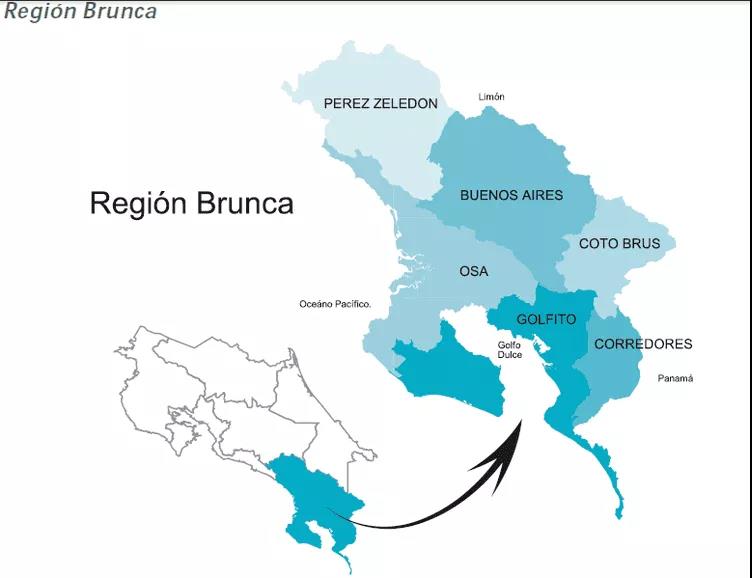
Stonehenge, Costa Rica
Country: Costa Rica Fiscal year: 2003
Manor: Stonehenge
Grade: SHB
Treatment: Black honey treatment
Altitude: 1700-1800m
Breeds: Kadura, Kaduai
Costa Rica, located in the Central American Isthmus, is subject to the climate regulation of Pacific Ocean and Atlantic Ocean currents and sea breezes. There are many towering volcanoes at an altitude of 2000 meters in Costa Rica. Coffee berries can grow slowly in fertile volcanic ash soil and high altitude cold environment, breeding coffee beans with complete flavor and rich flavor.
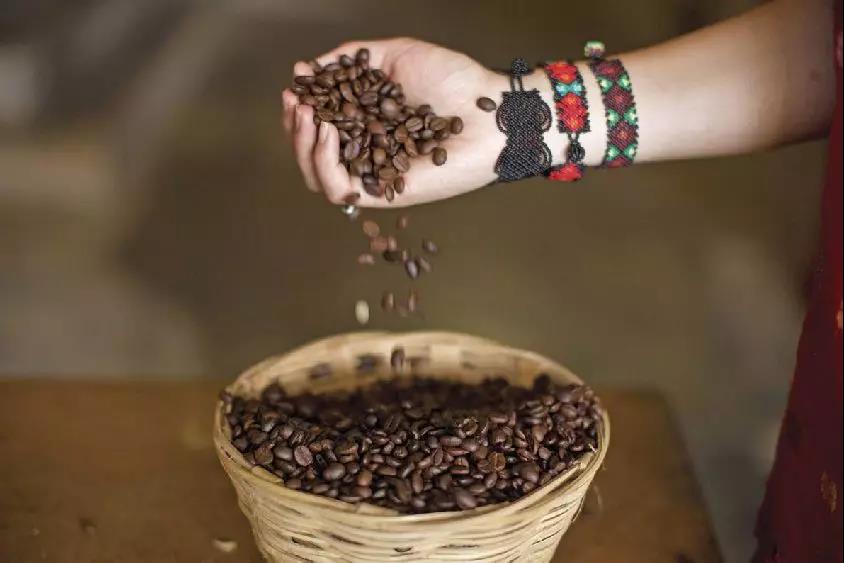
Costa Rica has two seasons: the dry season is December to April, when coffee is harvested, and the wet season is May to November. In recent years, micro-treatment plants have been established, because the water consumption is only 5% of that of traditional washing treatment plants, and there is no need for large tanks and exposure fields, the investment required is relatively small. "Honey-treated coffee" with low acidity, increased complexity and sweet aroma has become the target of competition in the coffee industry in recent years.
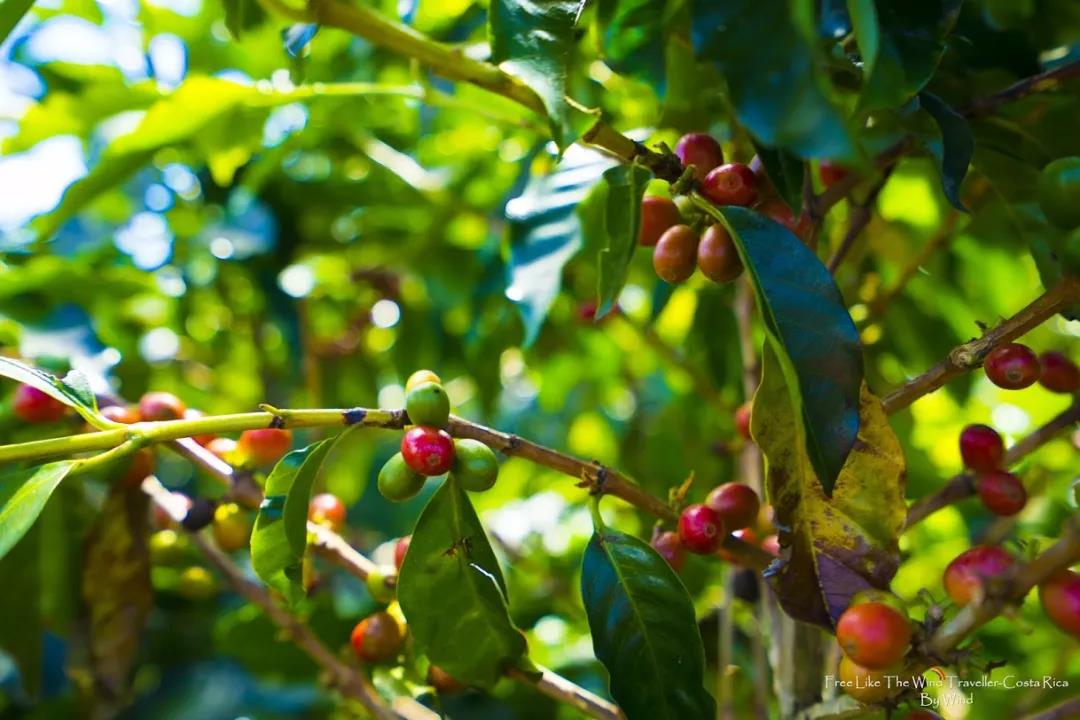
Coffee has been grown in Costa Rica for 200 years, first on the slopes of the Poas and Barva volcanoes, now known as the Central Valley. Costa Rica currently has eight main producing areas: West Valley, Central Valley, Tarrazu, Tres Rios, Orosi, Brunca, Turrialba and Guanacaste.
Tarrazu is one of the main coffee producing areas here. Tara Beads also has a history of producing coffee, which has been favored and recognized by the British royal family and even praised in the Pope's speech.
/Manor Introduction
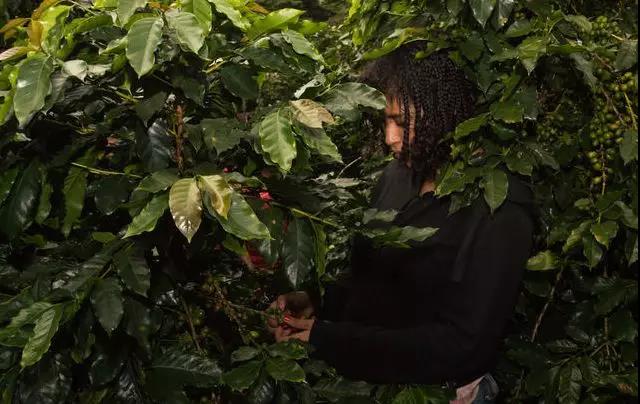
Stonehenge is located in Brunca, southern Costa Rica. It is connected to Panama due to the terrain and mountains. It has a multi-dimensional micro-climate. Stone carvings of indigenous people unearthed near the estate from 200 BC to 1500 BC are called secret stone balls, so the estate is named after the stone.
/Green bean analysis
| Caturra, Catuai
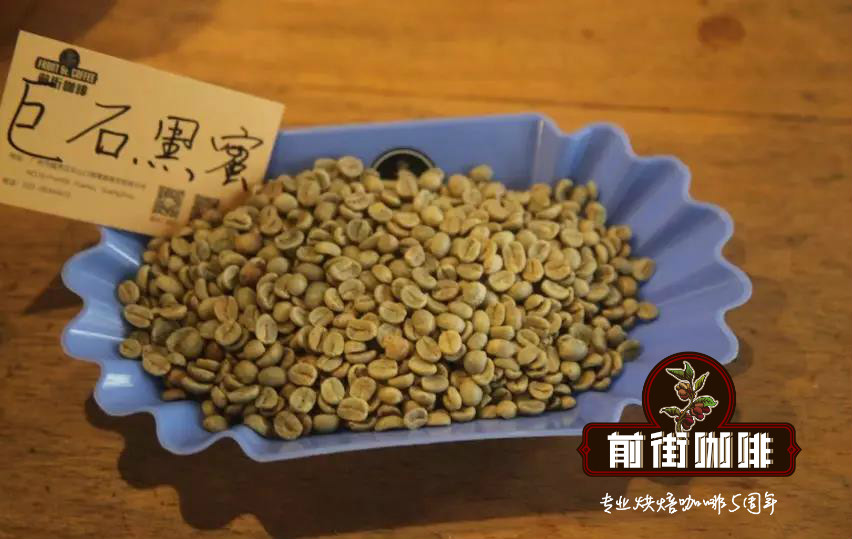
Kadura and kaduai are more common varieties in American beans, especially in Central America.
kaddura
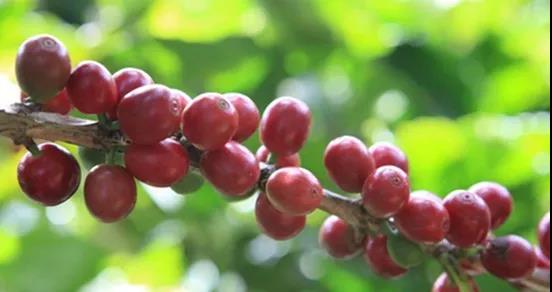
Kadura is a variety of bourbon, discovered in Brazil in 1937, yield and disease resistance are better than bourbon, and the tree is shorter, easy to harvest, adaptable, do not need shade trees, direct exposure to the sun can also be vibrant, commonly known as sun coffee (Sun Coffee). Kadura is suitable for planting in high altitude areas from 700 meters to 1700 meters. It has strong altitude adaptability, but the higher the altitude, the better the flavor and the lower the production capacity. This is the fate of fine beans.
kaduai
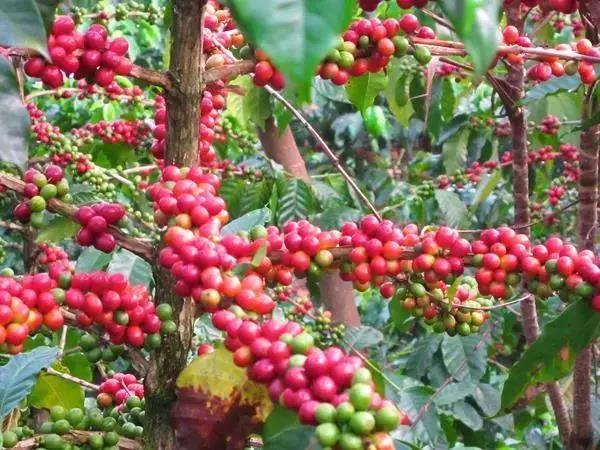
Kaduai is also a hybrid of Arabica, a hybrid of Mundo Novo Mondonovo (New World) and Caturra Kadura. It has better resistance to natural disasters, especially wind and rain. It inherits the advantages of low tree body of Kadura and changes the shortcomings of Mondonovo. Another advantage is that the fruit is solid and difficult to fall off in case of strong wind, which makes up for the weakness of Arabica fruit.
/Treatment
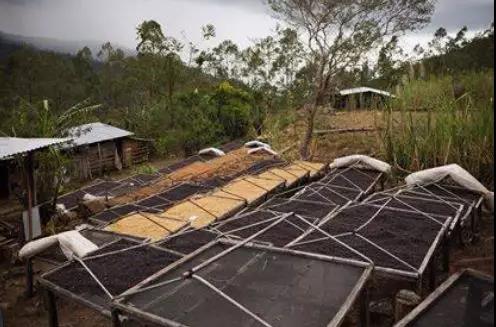
Honey processing is called Honey Process or Miel Process. Many people think that honey processing is a process using honey, or the coffee will taste like honey after processing. In fact, honey processing is a method of drying the fruit with endocarp after peeling the flesh. The fruit gets its name from the fact that the gelatinous substance on the surface of the core evaporates during drying and becomes as viscous as honey.
| bake analysis
This bean belongs to SHB extremely hard bean, bean quality is hard, moisture content is medium, turn yellow point in 5 minutes and 25 seconds, 9 minutes into a burst, a burst after 2 minutes out.
Baking machine Yangjia 800N (baking capacity 300g)
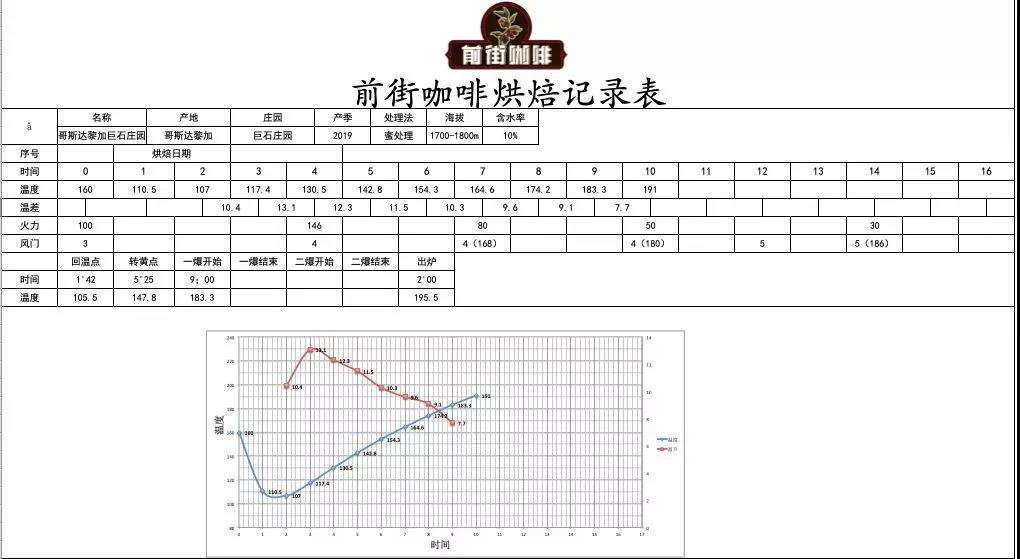
When the furnace temperature is 160℃, put it into the pot, fire power is 100, air door is opened 3; when the furnace temperature is 146℃, open air door to 4, fire power is unchanged; when the furnace temperature is 153.6℃, bean surface turns yellow, grass smell disappears completely, enter dehydration stage, when the furnace temperature reaches 168℃, adjust fire power to 80℃, air door is 4;
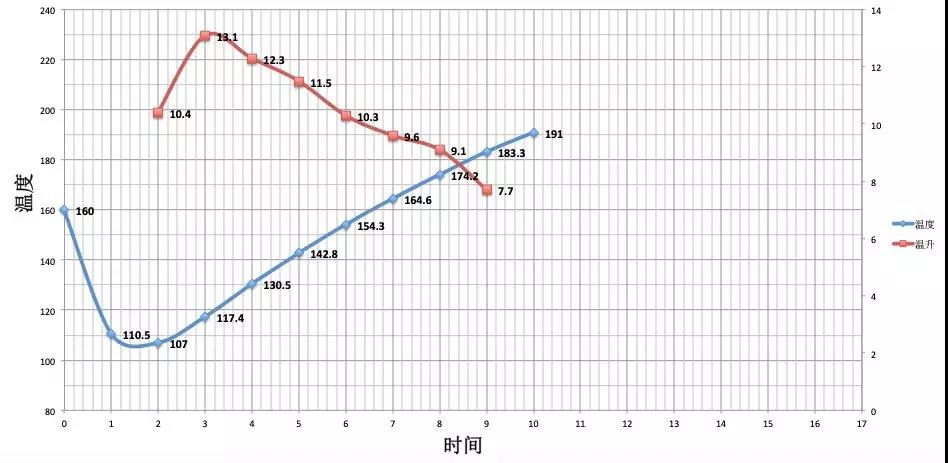
8 09", the bean surface appears ugly beard wrinkles and black stripes, toast flavor obviously changed to coffee fragrance, can be defined as the prelude to a burst, this time to hear the sound of a burst point, to 9 00" to start a burst, the damper unchanged, a burst after the development of 2 minutes, 195.5℃ pot.
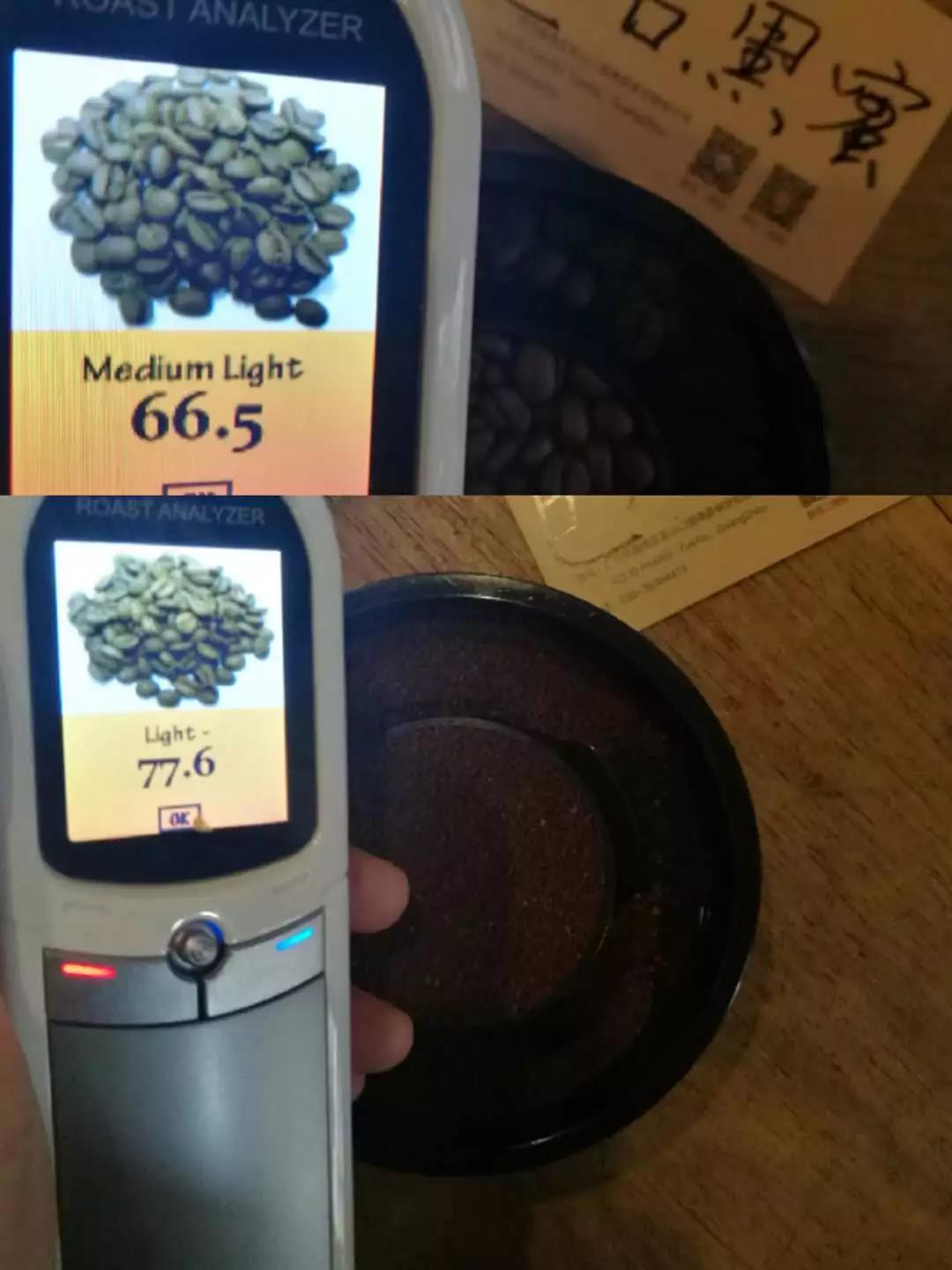
Agtron Bean 66.5 (top), Agtron Pink 77.6 (bottom), Roast Delta 11.1.
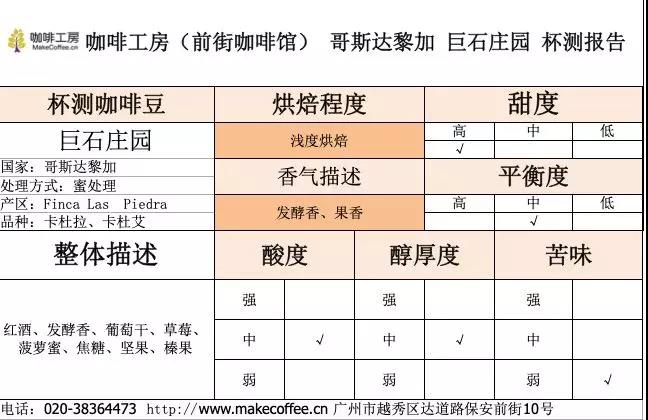
Flavor by cup: Fermented aroma, fruity, red wine, raisin, strawberry, jackfruit, nut, hazelnut, caramel.
| Hand washing suggestions
Recommended brewing method: hand brewing
Filter cup: V60
Water temperature: 90-92℃
Powder water ratio: 1:15
Grindability: BG 5R (58% pass rate of Chinese standard No.20 sieve), i.e. medium and fine grinding

Brewing method: staged extraction. Steaming with 30g of water for 30 seconds, injecting water in a circle to 124g with small water flow, stopping injecting water to 227g when the water level drops and is about to expose the powder bed, removing the filter cup when the water level drops and is about to expose the powder bed, and extracting for 2 minutes (starting time of steaming).
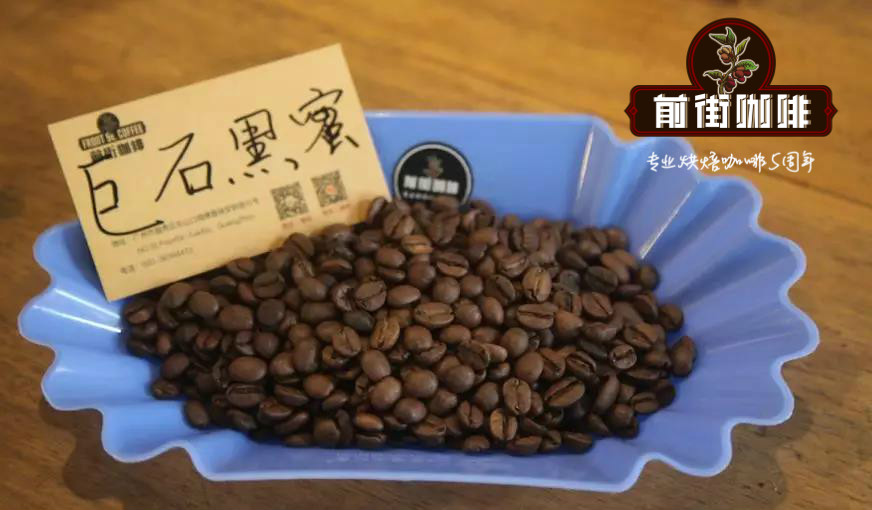
When brewed with V60 filter cup, it smells obvious fermentation aroma and ripe strawberry aroma. It tastes smooth and mellow, with strong juice feeling, strawberry, nut, cream, red wine and raisin. The finish has wine fragrance.
Important Notice :
前街咖啡 FrontStreet Coffee has moved to new addredd:
FrontStreet Coffee Address: 315,Donghua East Road,GuangZhou
Tel:020 38364473
- Prev

Special report on Coffee at Stonehenge Manor in Costa Rica
Costa Rica Stonehenge country: Costa Rica Manor: Stonehenge Manor Grade: SHB treatment: black honey treatment altitude: 1700-1800m varieties: Kaddura and Kaduai are located in Costa Rica in the Central American Isthmus, while being regulated by Pacific and Atlantic currents and sea breeze, the country has many towering volcanoes up to 2000 meters above sea level, and coffee berries can be found in fertile
- Next
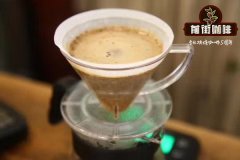
Costa Rican Carnett Manor musician Coffee beans Beethoven Mozart Bach Chopin Coffee beans
Costa Rica Canet Musician Series Mozart Costa Rica Carnett Manor Mozart producing area: Tara Zhu Variety: Kaddura, Kaduai altitude: 1950 treatment: raisin honey treatment in Costa Rica in the Central American Isthmus, while being controlled by Pacific and Atlantic currents and sea breeze, there are towering volcanoes and coffee pulp up to 2000 meters above sea level.
Related
- Detailed explanation of Jadeite planting Land in Panamanian Jadeite Manor introduction to the grading system of Jadeite competitive bidding, Red bid, Green bid and Rose Summer
- Story of Coffee planting in Brenka region of Costa Rica Stonehenge Manor anaerobic heavy honey treatment of flavor mouth
- What's on the barrel of Blue Mountain Coffee beans?
- Can American coffee also pull flowers? How to use hot American style to pull out a good-looking pattern?
- Can you make a cold extract with coffee beans? What is the right proportion for cold-extracted coffee formula?
- Indonesian PWN Gold Mandrine Coffee Origin Features Flavor How to Chong? Mandolin coffee is American.
- A brief introduction to the flavor characteristics of Brazilian yellow bourbon coffee beans
- What is the effect of different water quality on the flavor of cold-extracted coffee? What kind of water is best for brewing coffee?
- Why do you think of Rose Summer whenever you mention Panamanian coffee?
- Introduction to the characteristics of authentic blue mountain coffee bean producing areas? What is the CIB Coffee Authority in Jamaica?

